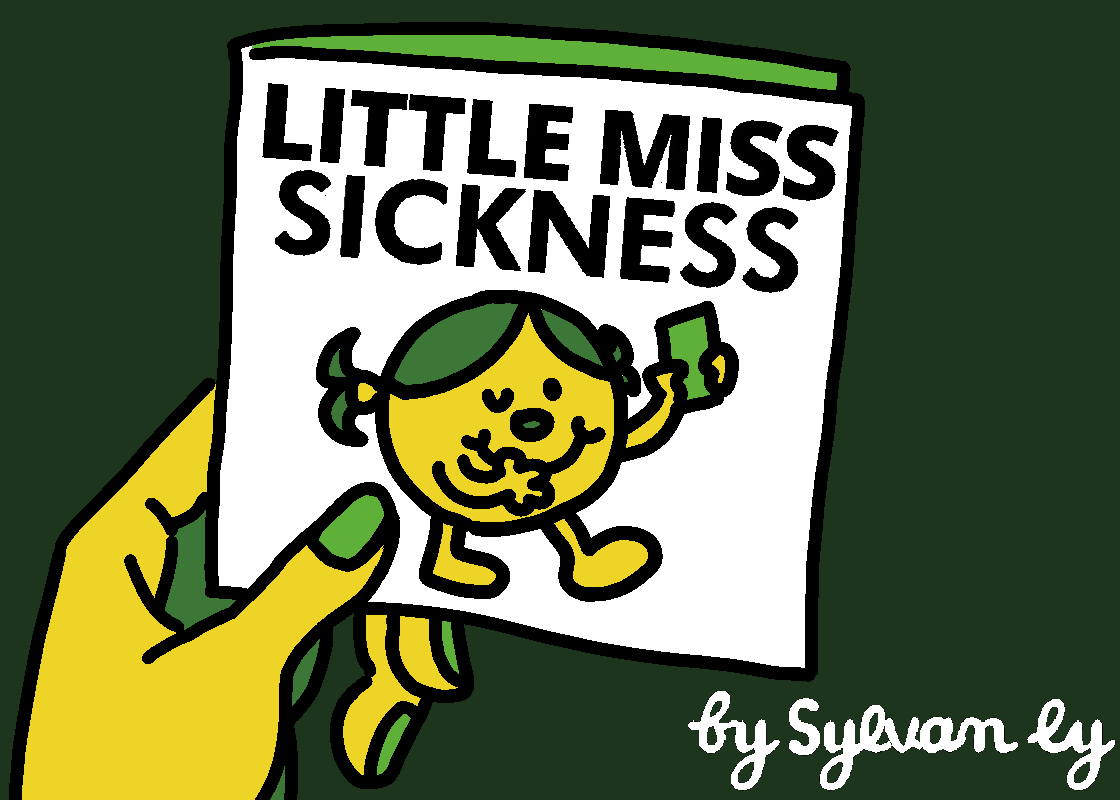
Writer: Sylvan Ly
Editor: Sowmya Kolluru
Graphic Editor: Valerie Chan
Her skin is as white as snow, her cheeks are the shade of a pinkish rose, her sparkling eyes shine with youthful glow, her lips are red with sensual flow, and her figure is slim and exposing bone. She is beautiful. Or at least, she would have been in the 18th century. These are all symptoms of Tuberculosis (TB), a dreadful pulmonary disease often referred to as the White Plague or Consumption. In the Victorian Era, these symptoms associated with TB defined the pinnacle of beauty. A sign of wealth and power, those who had it were treated like royalty, and those who didn’t used makeup to achieve this ghostly etherealness. TB is one of the most culturally documented illnesses, as everyone, from John Keats, whose poetry was inspired by his own experiences with TB, to Edgar Allen Poe, who’s beloved wife Virginia died of TB, has shared commentary. Poe, in particular, seems to have struggled with his opinion of this disease, as two of his works, “Metzengerstein” and “The Masque of the Red Death” directly contradict each other; the first presents TB as a glorious and gentle death, whereas the latter considers TB a gruesome, violent affair. Even modern day Susan Sontag, in her book, Illness as a Metaphor, describes TB’s history of being considered as ‘derived from longing’ and a sign of ‘repressed emotion’, proving that TB is regarded similarly today as it was in the works of Poe and Keats.
Yet, even illnesses that are not objectively beautiful in nature are still romanticized. One example is syphilis. Syphilis is a terrifying sexually transmitted infection associated with severe pain and suffering. Still, envy over individuals with syphilis continues in a Faustian Bargain, despite the agony patients face. People have claimed that the defining feature of syphilis, the infection of the nervous system called Neurosyphilis, rewards sufferers with creative euphoria. Herein lies the intermingling between pain and vision; there are those who believe that the only way to be an artist is to suffer, as if the human experience should be defined by pain.
All this to say the modern “misery-envy” phenomenon is questionable. Tik Tok, Instagram, and Tumblr, among other social media platforms, are littered with individuals proudly showing off their depression, schizophrenia, dissociative identity disorder, and other mental illnesses to justify their creativity and humanity. I am of two minds on this matter. On the one hand, the representation and ability to have a conversation about mental health is invaluable, but on the other hand, I see how dangerous it can become if left unchecked. Tropes, such as the Faded Rose or the Manic Pixie Dream Girl, found in film and social media, play into this idea that to be a valid human is to suffer. A more direct example of this is autism-envy, or the idea that having autism is ideal due to liberation from social norms. There’s no other way to put it. Humans are obsessed with obsession.
The fixation on obsession is helpful most of the time, but when people behind illnesses are turned into mascots for their illnesses, it can be difficult to truly hear their perspectives. I urge you to recognize those with illness holistically and not just as a mascot for illness. Those with illness deserve space to seek out treatment without fear of being judged. Suffering doesn’t define a human; experiences do.









